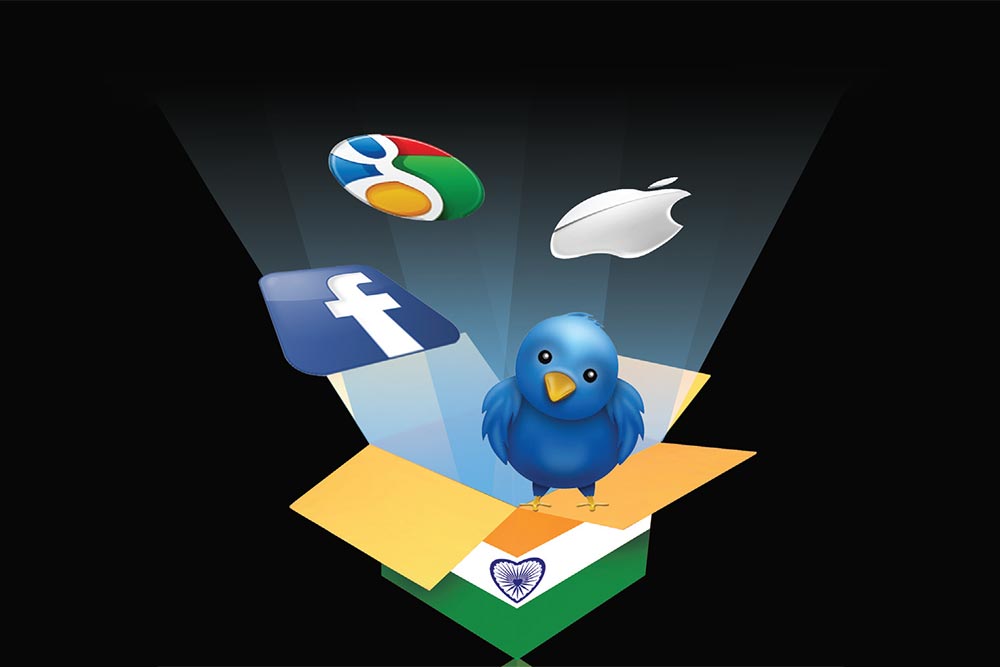In the two decades since economic liberalisation began in India, one Indian dream remains largely unfulfilled — to have an Indian company with a global, innovation-driven brand. Essentially, an Apple, a Google or a Facebook from India. Though several commentators have pointed out that there is plenty of innovation that goes into India’s leading companies, and that we don’t “need” an Apple or Google from India, the thirst remains.
Pharma and software/IT always seemed to be the most likely industries from where an innovation-driven Indian global leader would emerge. The pharma industry was the first to embrace innovation, with pioneers like Ranbaxy and Dr Reddy’s Laboratories (DRL) investing in the challenging task of creating new chemical entities almost 20 years ago. But the dream of joining the exclusive club of companies producing blockbuster drugs has proved elusive so far. Among the pioneers, the Indian owners of Ranbaxy sold out to a Japanese company and DRL has scaled back its new drug development programme. Today, Glenmark and Biocon still hope to succeed on this front, but it looks far from easy.
The global recognition of Indian software talent suggested that we had what it takes to make a breakthrough in software-related innovation. But, for many years, other barriers came in the way. Computer and web penetration in India was low, as were software spends. The main markets were thousands of miles away. In contrast, the services model was easier to manage, and involved lower risks.
When my colleague Ganesh Prabhu and I studied software product development in India over a decade ago, we discovered a paradox. On the one hand, we had the capability to develop niche software products but lacked the marketing or distribution muscle to get these markets. Keeping up with the new versions and add-ons that would be needed to keep the pipeline fresh and attractive was difficult. On the other hand, large, complex products with longer life cycles like ERP systems or banking products seemed more suitable to Indian firms but these involved very long development and sales cycles, deep domain knowledge and huge investments. And it wasn’t clear that, after all that effort, the returns would be commensurate. The result? We remained dependent on services.
Some recent developments are shifting the tide for innovation in the software space. While the “software-as-a-service” model — the use of application software on a pay-by-use basis without the software being resident on your computer — has been around for a long time, it has gained traction thanks to the buzz around cloud computing. The efforts of companies like Google to shift consumers away from desktop or server-resident software products have also helped.
Different models are emerging that provide a new route for Indian companies to prove their innovation capabilities. One model is exemplified by companies like Fusioncharts and Zoho. The Kolkata-based Fusioncharts identified a niche in data visualisation and has a portfolio of products that allows users to present their data on web and enterprise applications in creative and distinctive ways. Zoho is another successful company. It offers customer relationship management solutions over the web that are much cheaper than those offered by large incumbents. Small companies have found Zoho’s solutions easy to use. Zoho is an Indo-US venture with a US-based front-end, and a vibrant development centre in Chennai.
New methods of delivery are offering fresh innovation opportunities to existing software services companies as well. For years, Infosys remained an avowedly services-based company except for its banking product. But today it has a target of achieving one-third of its sales through products and platforms. The platforms are wrapped around seven themes that the company believes will shape tomorrow’s enterprise. Some of these platforms have already achieved some traction.
The company’s WalletEdge platform was recently chosen by Airtel to power Airtel Money, India’s first mobile wallet service. Another mobile services company, Aircel, uses Flypp, the app management platform created by Infosys, for its popular “PocketApps” service. And a digital marketing platform developed by Infosys jointly with Fabric, a WPP group company, allows large companies to manage their global online digital marketing efforts through an integrated cloud-based platform. Recently, GlaxoSmithKline signed up to use this platform to optimise its digital engagement with consumers and healthcare professionals. TCS is also targeting new markets using platforms such as. iON, a cloud-based platform, that allows the company to provide an integrated ERP-like IT solution for small and medium businesses.
Though new methods of delivery are helping to solve the problem of how to get the product to customers, some classic strategy challenges remain. The domain and software research specialists in these companies will have to provide genuine differentiators if they are to succeed. Sales and marketing teams will have to rise to the challenge of selling more “productised” offerings — generic solutions not built for a specific customer, but often configurable to meet the needs of individual users. Building such offerings involves understanding the needs of group of customers. The platforms will have to be continuously upgraded and enhanced even if immediate revenues are
not forthcoming.
Of course, one could argue that most of these efforts are still in the B2B space, and some distance away from creating innovation-driven consumer brands. However, the end-customers are already individual consumers in some cases, such as the mobile services examples. And the experience gained from such product and platform initiatives should spark renewed interest in productised thinking. With the increasing penetration of broadband, and the diffusion of 3G and 4G services, the backbone for internet-driven innovation is getting stronger by the day. Now all that’s necessary is for some genuine consumer thinking to seep into the IT industry, and our day in the sun may not be that far away. β











